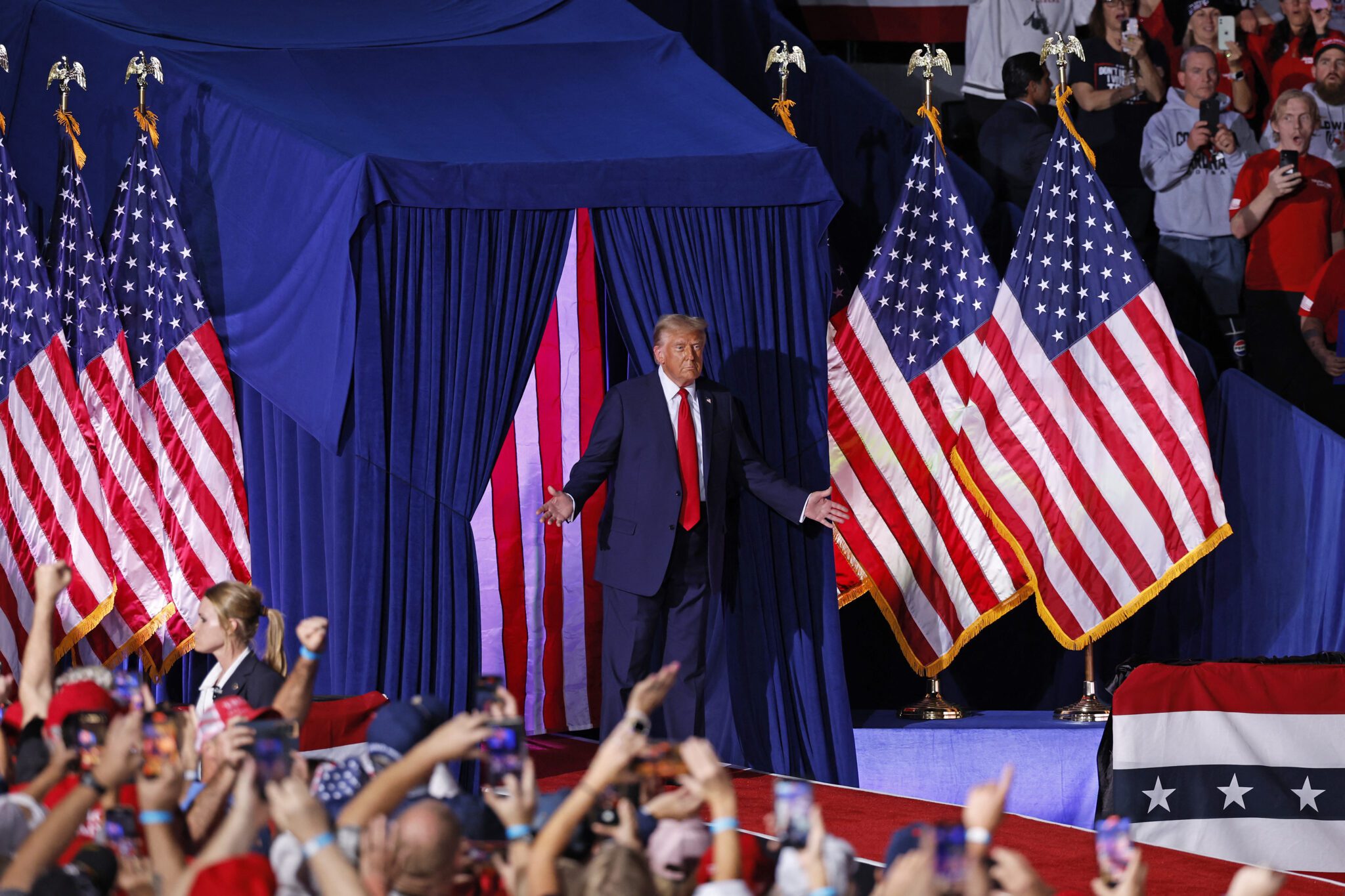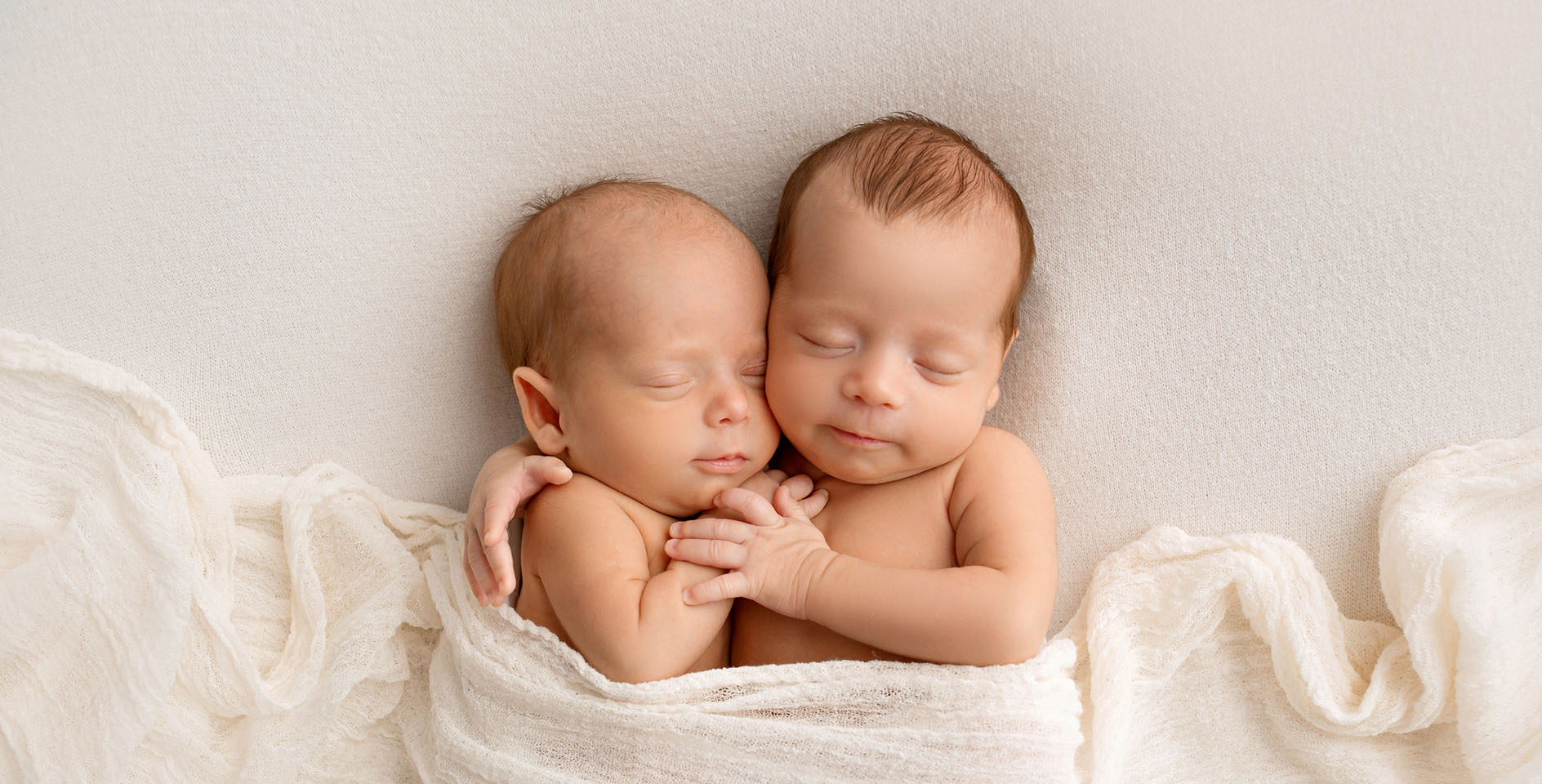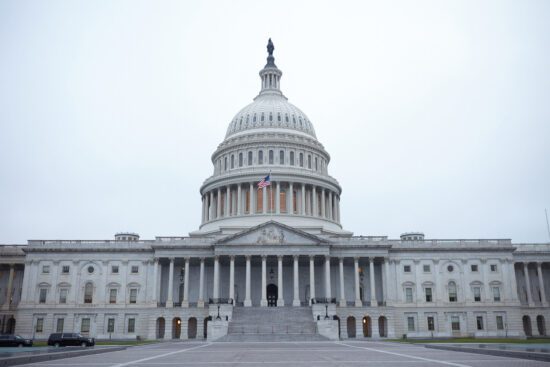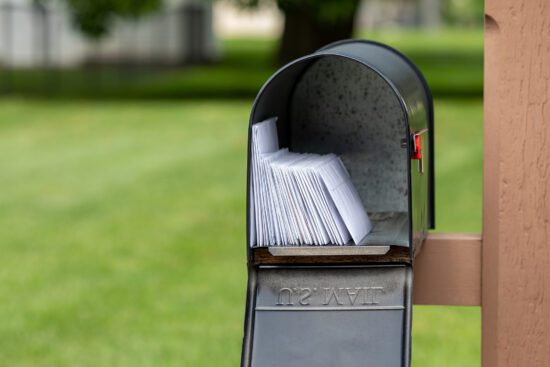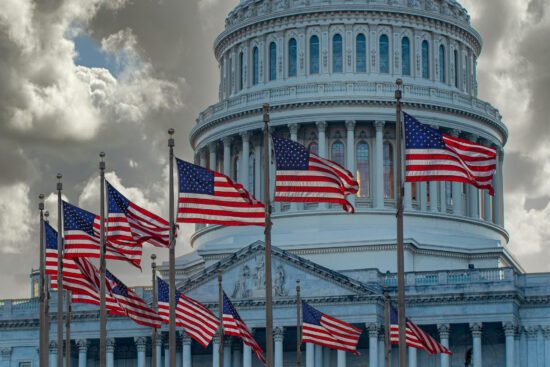In the year since the landmark ruling in Dobbs v. Jackson Women’s Health Organization, there has been a significant shift in the landscape of abortion in the United States. Soon after the Dobbs decision, many states began to impose abortion bans and restrictions.
Abortion bans
States where abortion was banned included:
July 2022
- Alabama
- Arkansas
- Mississippi
- Missouri
- Oklahoma
- South Dakota
- Texas
- West Virginia
- Wisconsin
August 2022
- Kentucky
- Louisiana
September 2022
- Idaho
- Tennessee
Overall, almost half of all states have imposed some sort of restrictions, especially in the early months of pregnancy. The result is that there has been a notable decrease in the total number of abortions in America.
According to new estimates provided by the Society of Family Planning’s national research project, #WeCount, there were an estimated 93,575 fewer legal abortions in states that banned or severely restricted abortion for at least one week in the nine-month period after Dobbs. The biggest declines were in:
- Texas (an estimated 24,420 fewer abortions),
- Georgia (14,415),
- Tennessee (10,235),
- Louisiana (6,755),
- Arizona (6,000),
- and Alabama (5,715).
A challenging reality
However, the data also reveal a challenging reality: many individuals, unable to obtain abortions in their home states, are traveling to states where abortion is still unrestricted. Despite the overall decline in abortion rates, there has been, according to reporting by FiveThirtyEight, an increase in the number of legal abortions in states where the procedure remains widely available.
The number of legal abortions in states where abortion remained mostly available rose by 69,285 in the same period. The states with the largest increases were: I
- llinois (an estimated 12,580 more abortions),
- Florida (12,460),
- North Carolina (7,975),
- California (4,350),
- and Colorado (4,140).
However, many states where abortion remains legal with few restrictions, especially on the West Coast and in the Northeast, did not experience surges in abortions.
Positive trends
The overall results indicate there were 24,290 fewer legal abortions between July 2022 and March 2023, compared to a pre-Dobbs baseline. Each of these represents a precious life saved, a testament to the effort of the pro-life community over the past 50 years.
The trend is also moving in a positive direction. Abortion had been increasing in the U.S. since 2017, and abortion rates were increasing in the months before the Dobbs decision. In the two months before Dobbs, the average monthly number of abortions provided by clinicians in the U.S. was 81,730 while in the nine months after Dobbs, the average monthly number of abortions was 79,031. The national abortion rate also decreased from 13.4 per 1,000 women of reproductive age in April 2022 to 12.6 per 1,000 women.
This suggests that while state-level restrictions are essential, the fight to protect preborn life must extend beyond the borders of pro-life states. We must continue to forcefully advocate for life-affirming laws and resources in all states and at the federal level. It’s also crucial for pro-life Christians in America to intensify our efforts in offering love, support, and resources to those faced with unexpected pregnancies. By providing a robust support system, we can help show the viability of life-affirming alternatives to abortion.
The post-Dobbs era has brought a season of change and challenge, but it’s also a season ripe with opportunities for the Christian pro-life community. It’s a call to put our faith into action, to love our neighbors as ourselves, and to continue to uphold the sanctity of every human life.

